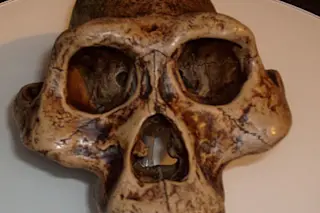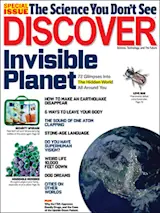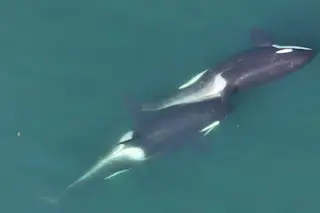The call of the wild has just gotten wilder. Along with bellowing lions and honking geese, you can now hear woolly mammoths that died out 14,000 years ago, the mating call of a now-extinct Hawaiian bird, and even a 3-million-year-old human ancestor, Lucy. Using three-dimensional imaging and a burgeoning knowledge of ancient anatomies, scientists can now rebuild ancient creatures’ vocal tracts and re-create their sounds.
Take our ancestor Lucy (Australopithecus afarensis), who stood less than four feet tall, swung from tree branches, and ran easily along the ground on two feet more than 3 million years ago. What did that diminutive prehuman sound like as she called to her kin?
Lucy could not speak the way we do, because she most likely had air sacs, balloon-shaped organs that attach to an extension of the hyoid bone, says Bart de Boer, an expert in the evolution of speech at Vrije University ...















